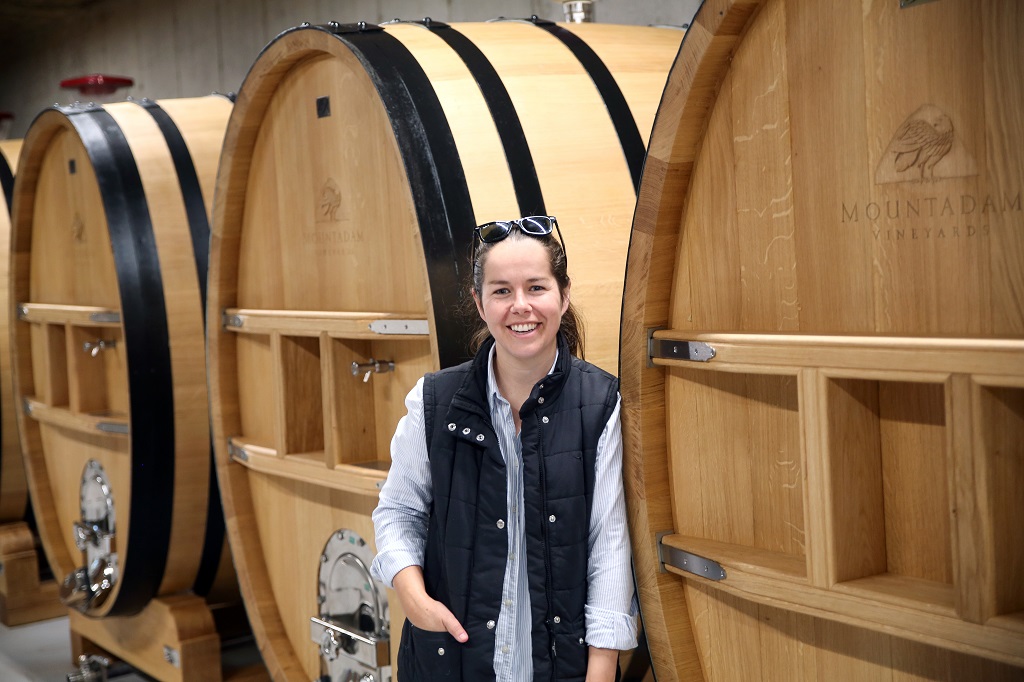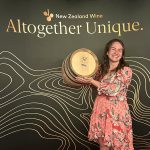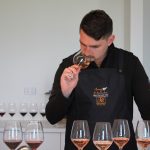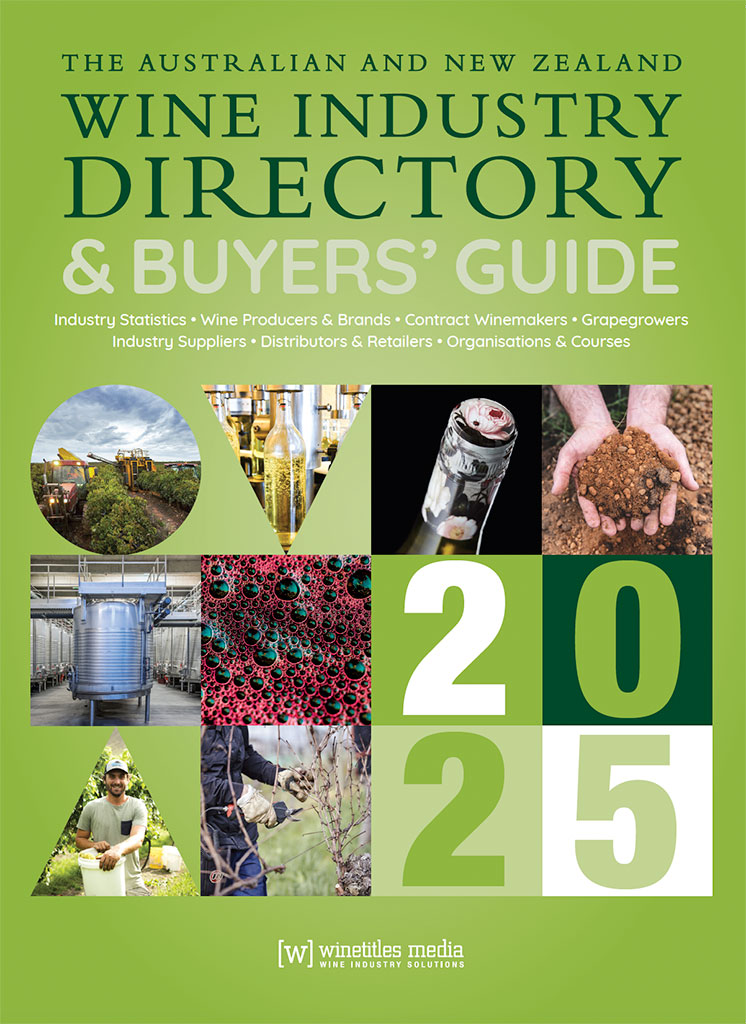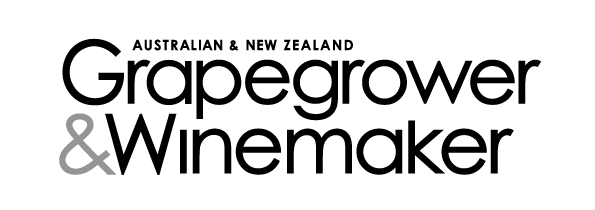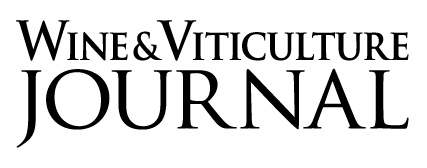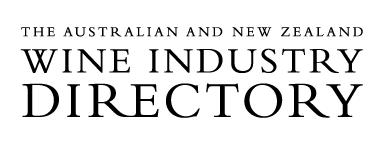Caitlin in Mountadam’s Chardonnay ‘bunker’
By Meg Riley
Caitlin Brown was determined to experience the wine industry outside the confines of her family’s winery in High Eden. Now, having made wines in Germany and France, and following her passion for Chardonnay to various cool-climate regions in Australia, Caitlin has finally returned home to Mountadam, where she is exploring the unique site at the peak of the Barossa and making it her own.
Caitlin Brown grew up getting her hands dirty in the vineyard, and has never been shy of the “boring” jobs. When Caitlin was 10, her parents purchased land in Lucindale, South Australia, and she and her siblings were (unofficially) employed to help with planting it into a vineyard.
A few years later, the family purchased Mountadam Vineyards from LVMH, a small vineyard and winery in High Eden, Barossa, established in 1972 by David Wynn. When Wynn sought out the highest point in the Barossa to plant his Pinot, he settled on the area which is now Mountadam, a winery he named after his son Adam.
More than 50 years later, Caitlin, who has spent much of her winemaking career outside of the family business, is now at the helm of Mountadam, and she hopes to change things up in how the winery is passed down.
Work/life balance
Caitlin’s daughter was five-months-old when Mountadam started the 2024 vintage. Balancing work in the wine industry whilst having a young family is a challenge that appears to disproportionately affect females in the sector. Even while working for her family’s winery, Caitlin said the concept was “daunting”, and thankfully her partner was able to take long-service leave in lieu of sufficient paternity leave options.
When Caitlin was giving birth and found out she had to have an emergency C-section, her mind went straight to the consequences it could have for her work.
“My first thoughts were, ‘how am I going to go at work?’, and ‘what’s the recovery like?’,” said Caitlin.
“I suppose you always mentally prepare, because you’re in this industry, but it’s pretty full-on for mothers in the wine industry,” she said.
Caitlin said that while there are benefits to working in a family business, such as an increased level of understanding, she also feels the strain. Being more deeply involved in the business means that even on days off during vintage there are always little jobs to be done or errands to be run. Caitlin doesn’t begrudge this work ethic however, as she had grown up watching her dad work hard at the family business, and is proud to be able to set a similar example for her daughter.
“I’m just excited for the emotional connection I’ve got to this place, for her to develop it as well,” she said.
Having gone through the wine industry as a female, Caitlin said she was eager to eventually pass on the winery to her daughter, and break the norm of the eldest son inheriting the family business.
“I think so much is so different for our generation to others, and hopefully it just keeps getting better in terms of production for things like having babies,” said Caitlin.
“We’re pretty good here, and that’s always been something that I’ve really wanted to do, is focus on the importance of letting people have their family time and things like that, because otherwise you’re just going to end up drilling them into the ground.”
“None of those 13 day fortnights and 12 hour days and things like that, I think they’re sort of becoming a thing of the past.”
All hands on deck
Caitlin’s husband lends a hand for the pumping over – despite not being in the wine industry himself Caitlin said he has no qualms coming along for the “fun part”. The two got married at Mountadam and now have an eight-month-old daughter.
“As soon as she can hold a hose, she can come to work,” joked Caitlin.
Caitlin’s first involvement in the wine industry was in an unofficial capacity at 10 years old, when she and her siblings pitched in to help her father plant a vineyard in Lucindale in the south-east of South Australia, which she described jokingly as “a bit of slave labour”.
Having that early exposure to the vineyards piqued Caitlin’s interest in the industry, which only grew stronger when her parents purchased the Mountadam Vineyards from LVMH (Möet Hennessy Louis Vuitton) just a few years later.
Although she always helped out her parents with the work, Caitlin was set on getting experience elsewhere.
“I always say it’s much harder working for your mum and dad – you work a lot harder and get paid a lot less,” she said.
“You pick up different things from each winemaker and each winery, each person you work with.”
“I always wanted to work for a bigger company and see how they did it…see what other family businesses do, and other regions,” she said. “I think you get a bit of tunnel vision if you’re in the same spot.”
After venturing further afield for vintages in Germany and France, as well as other regions of Australia, Caitlin finally came back to Mountadam at the tail end of 2019, with 2020 marking her first vintage there as a winemaker. In 2022, she had her first vintage as the sole winemaker.
“I probably learned the most from the different wineries within Australia,” Caitlin said. “Because they are doing the most similar things to what I want to end up doing, so I always found that really interesting.”
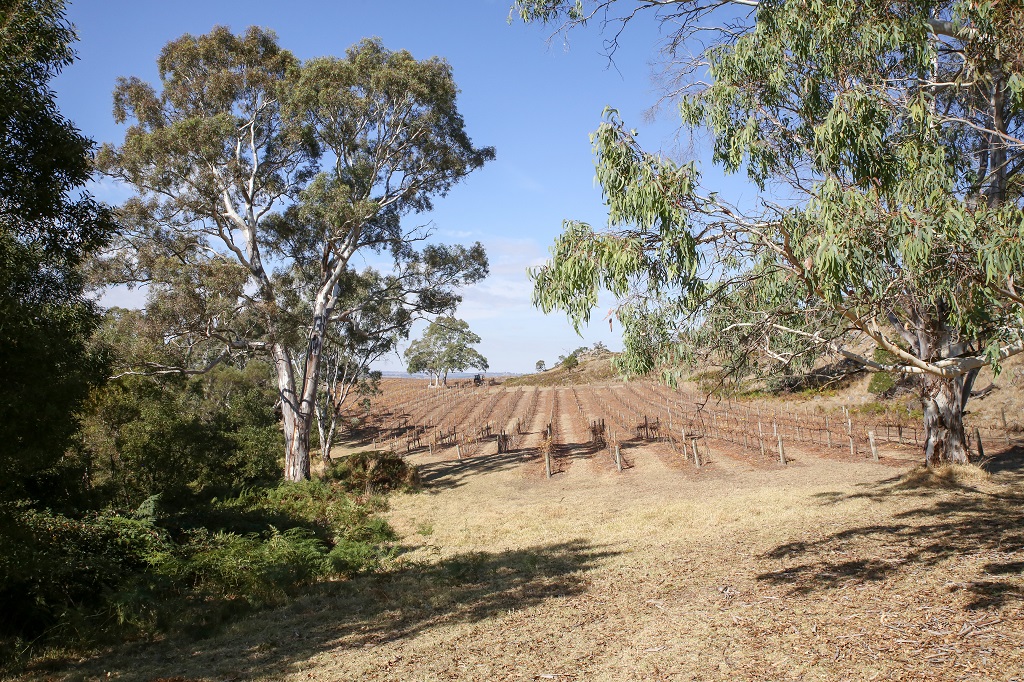
The height of style
Since she joined as winemaker, Caitlin says there has been a slight shift in the winemaking style at Mountadam.
“It’s always been a focus of Mountadam to have that history and tradition in terms of our wine styles, but we’ve shifted a bit towards more of a region-specific style of wine.”
“I really like to showcase the fruit in High Eden, because we’re in such a unique site, and we’re 100% High Eden [fruit] here, and 100% estate fruit as well.”
“We have 60 blocks, and we keep each block separate its entire life throughout the winery, which is pretty fun as a winemaker.”
Although, she adds, it is “pretty laborious”.
“I find that you can really pinpoint specific strengths in particular blocks, and it’s really interesting to see how they perform next to each other…one block will be right next to another block, and they will just look completely different, and then each vintage is different as well.”
“So as a winemaker, it’s probably the best position I’ve been in, just to be able to see the different aspects of how different blocks perform.”
With the winery concentrating on their higher-end wines using purely single blocks, Caitlin is able keep the parcels isolated and observe the specific parameters that affect each one.
“I find that oxidative handling really benefits climate fruit like High Eden, and we can showcase that fruit – it’s really delicate and pure.”
Varietal choices
Caitlin was also eager to learn about how the business side of winemaking operates, keen to understand where the industry is going and how to adequately prepare.
“I find that really interesting and really important as a winemaker, because it is fun to make specific varieties, but at the end of the day, if there’s not too much demand for it, it’s probably not worth it in the long run to invest too much into it,” she said.
Already, Caitlin has witnessed the effect of these market trends playing out at Mountadam.
“We’ve got a tiny, tiny block of Gewürztraminer, and I’ve always really loved it,” said Caitlin. “Our first vintage that we made it was 2016, and it wasn’t a fad variety or anything. But I made another one in 2022, and suddenly it was really popular, so it’s funny seeing the ebbs and flows of the industry. There’s definitely that trend towards white varietals and lower-alcohol and softer, more elegant wines, so you have to watch that and see how that goes.”
Business and trends aside, Caitlin said her favourite variety to work with is Chardonnay. Self-confessed as a “relatively conventional” winemaker, Caitlin has always had a focus on Chardonnay in the back of her mind, which largely directed the regions she wanted to work in such as Margaret River and the Adelaide Hills.
“I’m probably a bit conventional and boring in terms of my preference in varietals,” Caitlin joked.
Mountadam have multiple blocks of Chardonnay, and Caitlin enjoys examining how the pruning and site differences from block-to-block play in to the end result.
“We do some blocks that I might focus on being that more pure, fruit driven style. And then other blocks that really perform well with a bit more body and texture.”
She has been experimenting with larger-format French oak vessels and recently began using 2,500L casks. The casks are kept in what Caitlin calls the “Chardonnay bunker”, which is on the lower level at the Mountadam winery and effectively underground because of how the building cuts into the side of the hill. This natural insulation keeps the temperature inside the bunker cool and stable, even throughout the hotter months of vintage.
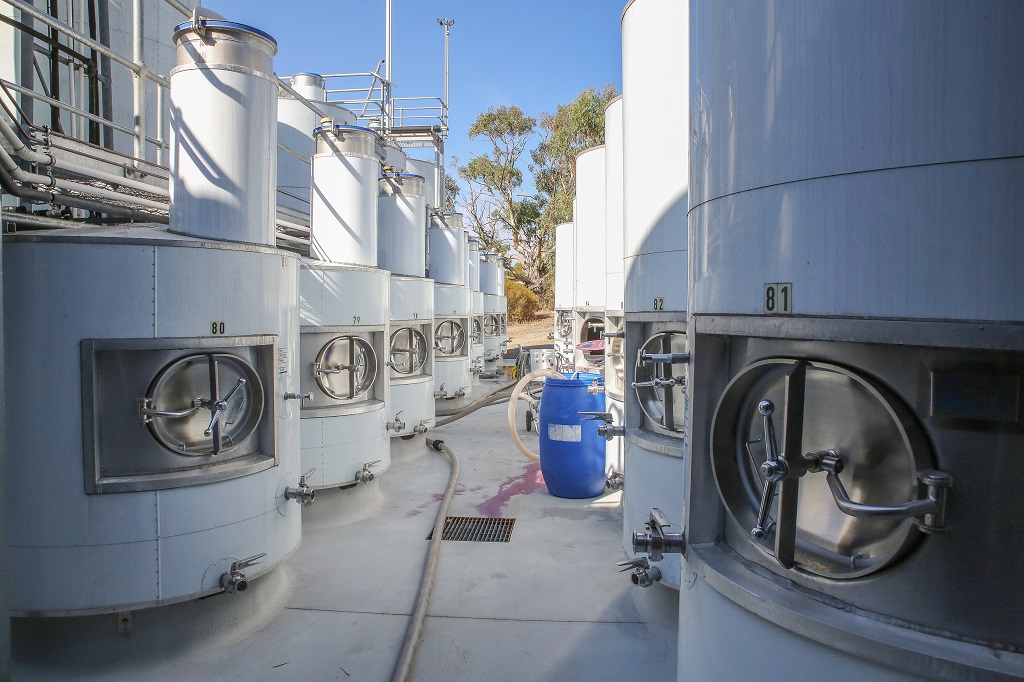
Sustainability measures
Mountadam’s winery and vineyards are run on 100% rain and dam water, which leads them to be hyper water conscious out of necessity. Since Caitlin’s parents purchased the property they have expanded the capacity, and introduced water management methods such as pumps on the dams to retain run-off and move water between the dams.
“At the end of the day, water is the most precious resource, especially in a year like this year,” said Caitlin.
In the winery, they are careful to use filtered rain water for sensitive jobs like cleaning out the tanks, whilst dam water is reserved for jobs such as hosing off barrels. They have also installed solar panels to make their operations more sustainable.
Caitlin also ensures that they are making the most of the natural climate in High Eden.
“Up here, it’s freezing. So at 2am when you’re harvesting Riesling and it’s coming into the winery 30 minutes to an hour after it’s been picked, we can tip it straight into the press, and then have it pressed off within a couple of hours maximum.”
“It’s that sort of efficiency where we’re really finding the quality of the fruit is being retained to tank, it’s not spending time just stuck in a bin throughout the day. We’re just getting hotter and hotter days, so we’re taking advantage of the fact that it’s just freezing up here during the night.”
Mountadam is producing roughly between 500-800 tonnes a year, however the total headcount of vineyard and winery workers is only six, including Caitlin and her father.
“I think there is something for a small team,” said Caitlin. “We find less mistakes, and everyone’s across everything.”
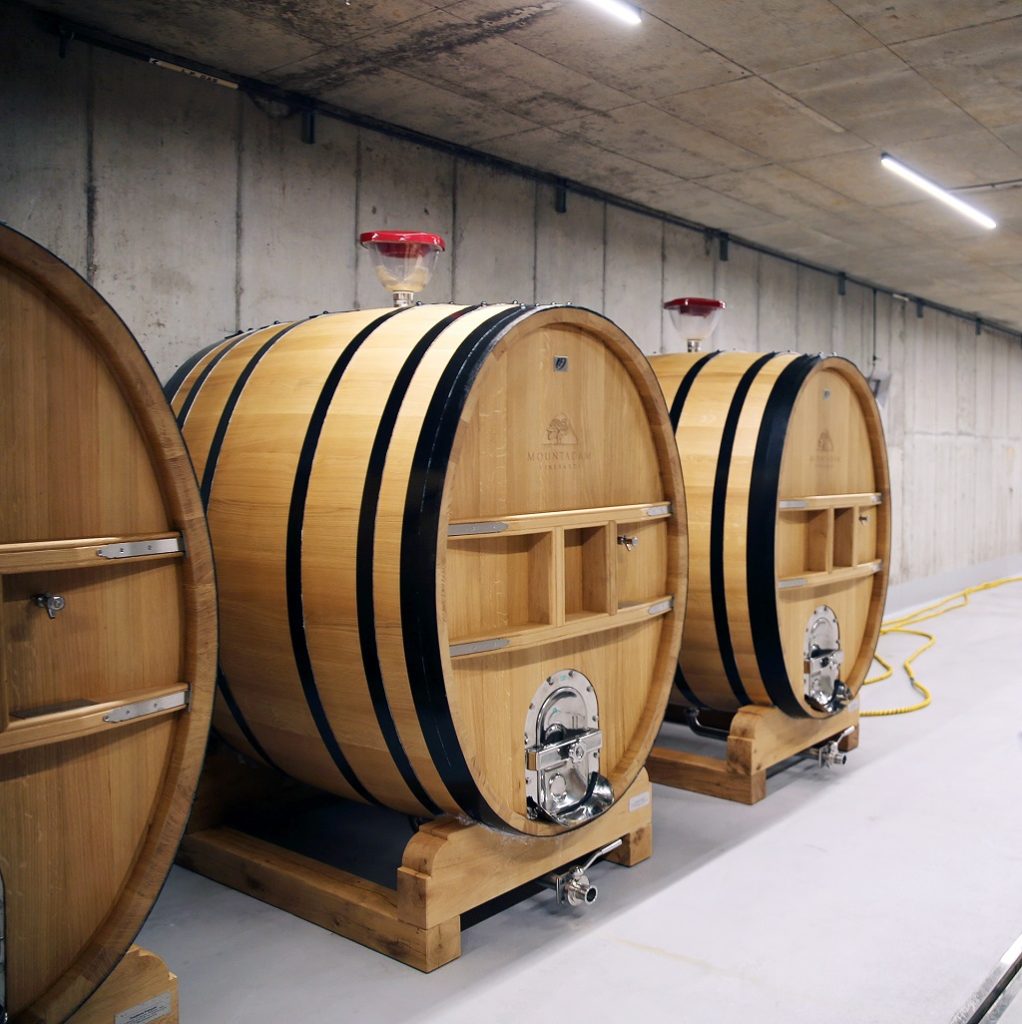
Winemaking with distinction
The site at Mountadam is 550 metres above sea level, with a wide-stretching view of the Barossa Valley below.
“It’s such a special place up here,” said Caitlin. “It’s very unique. The altitude, the soil, the aspects, the level of sun we get and the rainfall, I think [it all] contributes really well to varietals like Chardonnay, and that was David Wynn’s goal: he wanted to find the highest point of the Barossa to plant Pinot and Chardonnay.”
“Compared to the valley floor, we’re a bit more on that purple spectrum of fruit: a lot more violet, and white pepper spice.”
“We’re finding that the market is sort of shifting towards that as well, people really enjoy those softer reds that are coming out of those cooler climate regions.”
Caitlin leverages elements in the winery such as open fermentation and large-format oak to accentuate these flavours in styles such as Shiraz. She is also exploring how different influences manipulate the wine by keeping the blocks separate from each other.
“Each block has a different aspect, has a different slope and slightly different soils. They’re picked on different days as well, so we might pick one at slightly higher Baumé than others.”
She describes this as a “melting pot” of different flavours. “It’s pretty cool to see how they evolve as a batch, and then as individual barrels as well.”
“I like putting one block into a cask and then into barriques and puncheons, so we can see how each format of oak benefits which block.”
This level of control and freedom to experiment is something many winemakers dream of, and the joy is not wasted on Caitlin.
“It’s pretty fun. As a winemaker it’s certainly something I always aspired to work with, and I’m lucky enough to be here and have the opportunity to work at Mountadam – whether it was a family business or not.”
Trialling so many different tweaks not only grants Caitlin freedom of expression in her winemaking, but she says it has also helped to evolve her winemaking.
“Each vintage, I’m learning completely different things. You learn from your mistakes as well as what you do well, so I think that’s always really important, […] to acknowledge where you can perform better.”
Caitlin’s determination to build her industry experience outside of the family business and forge her own path is something that she believes has helped to strengthen her career in the long run.
“The climate of the industry is so different now,” she explained. “When I was trying to find jobs, it was really hard to find that sort of entry-level winemaking role, so I found that really hard, just to get your foot in the door.
“I suppose that helped me a lot, not just defaulting back to working here, but going out and working elsewhere.”
Now as the head of a small team, Caitlin is on the other side of the equation, searching for younger people who want to enter the industry and finding that candidates are few and far between.
“Just trying to get any young person into the industry full stop, female or male is harder, especially over the last few years,” she said. “Certainly as someone who’s trying to find younger people to come and work in the cellar […] we [females] are wildly under-represented, which is interesting, because females do so well in wineries.”
“I think the wine industry has come a long way in terms of females in the industry, especially in production, but I think it still has a way to go.”
This article was originally published in the June 2024 issue of the Australian & New Zealand Grapegrower & Winemaker. To find out more about our monthly magazine, or to subscribe, click here!
Are you a Daily Wine News subscriber? If not, click here to join our mailing list. It’s free!
